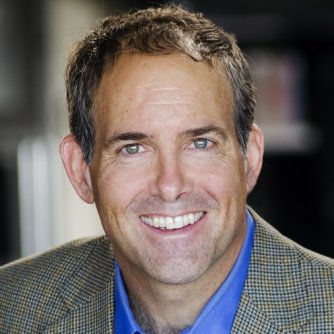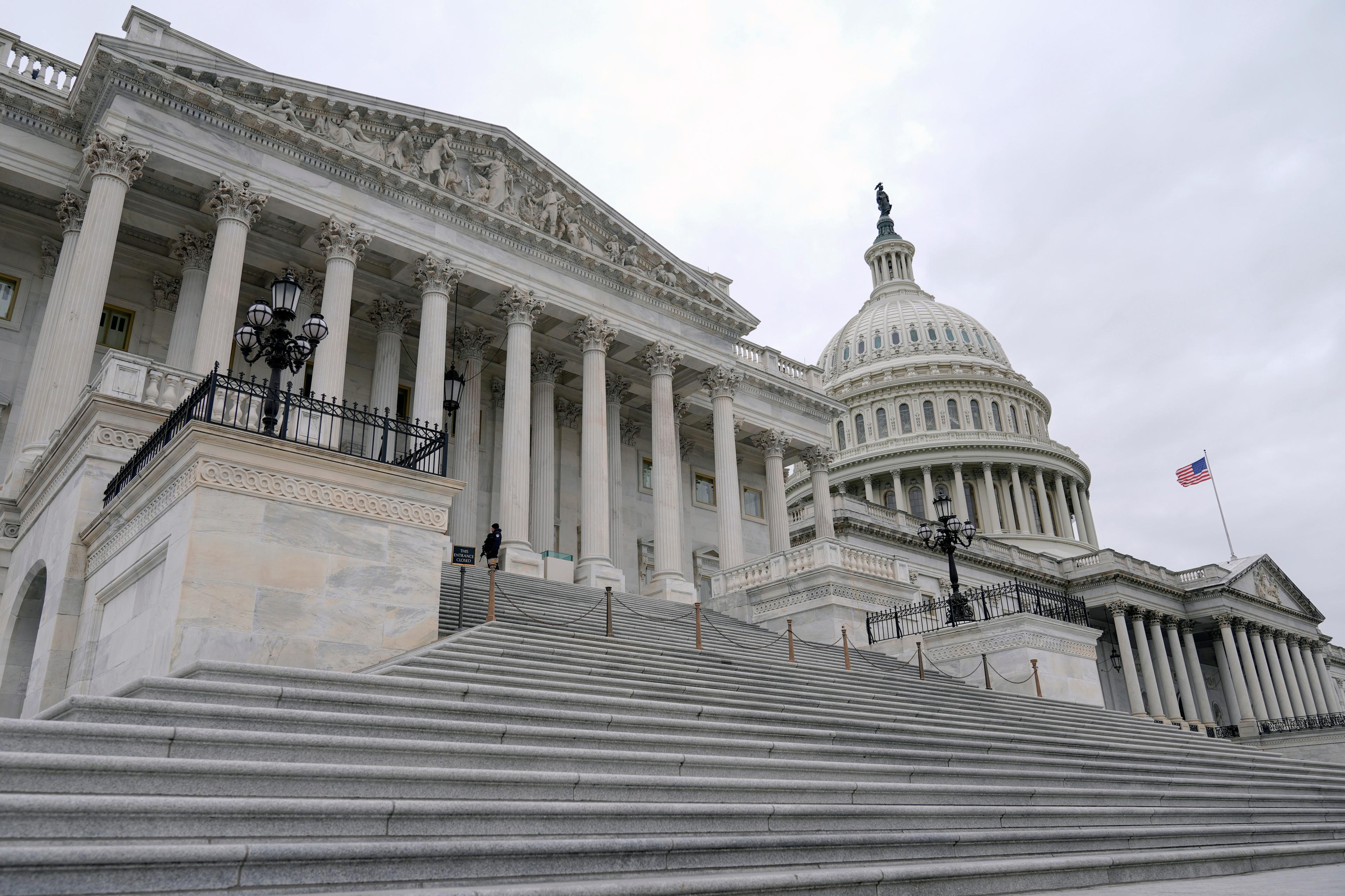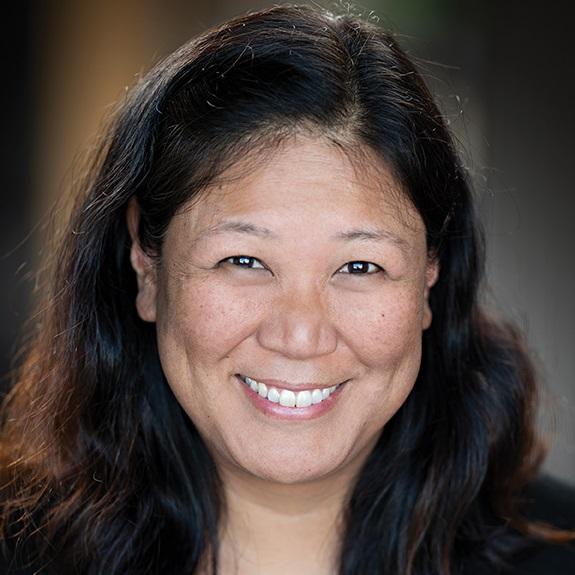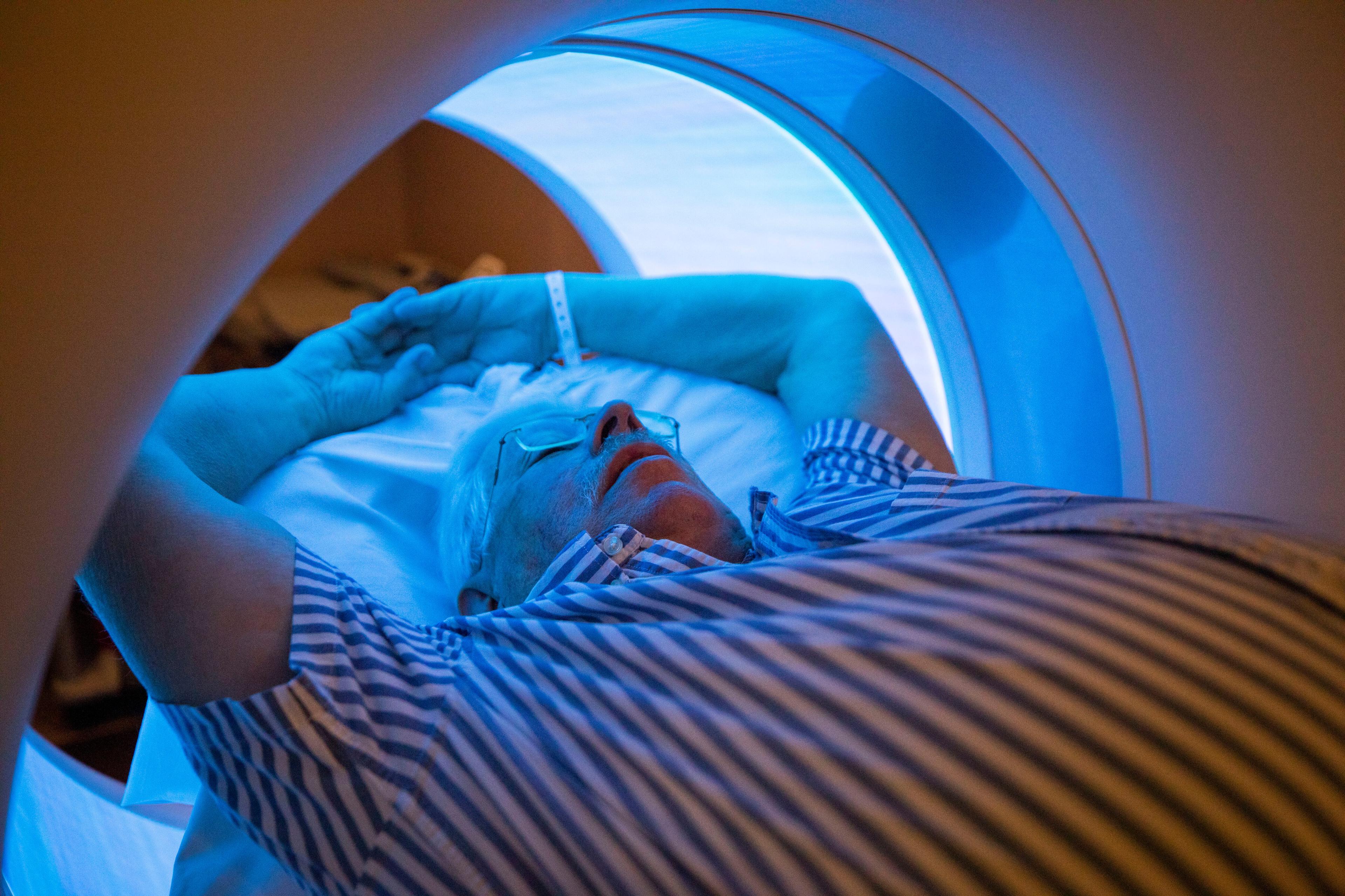
Lung cancer is the leading cause of cancer-related deaths in the United States. But an early screening program, involving the University of Colorado Cancer Center, is showing intriguing results.
CU's Center teamed up with a similar center at the University of Kentucky, the Markey Cancer Center.
The program is known as QUILS (Quality Implementation of Lung Cancer Screening) and it launched in 2015. Kentucky has one of the highest smoking rates and among the highest rates of lung cancer diagnoses and deaths in the U.S. It’s also among the states with the highest poverty rates.
The program has dramatically shifted Kentucky’s lung cancer screening rate from among the lowest to the second highest in the country, according to QUILS. That’s resulted in a 10 percent decline in late-stage cancer diagnoses.
”We can reduce costs and improve our public health by doing this more effectively,” said Jamie Studts, a professor at the University of Colorado School of Medicine, who helped develop the program while working there before moving to his current position. He also prepared a roadmap for the Colorado Department of Public Health and Environment to improve lung cancer screening in Colorado.
The program helped improve lung cancer screening in Kentucky through a collaborative approach to building a coalition of partners, working with primary care physicians and clinics to promote screenings.
Thanks to its efforts, the state’s screening rates are twice the national average, according to the University of Kentucky. The hope now is to replicate its success in other states.
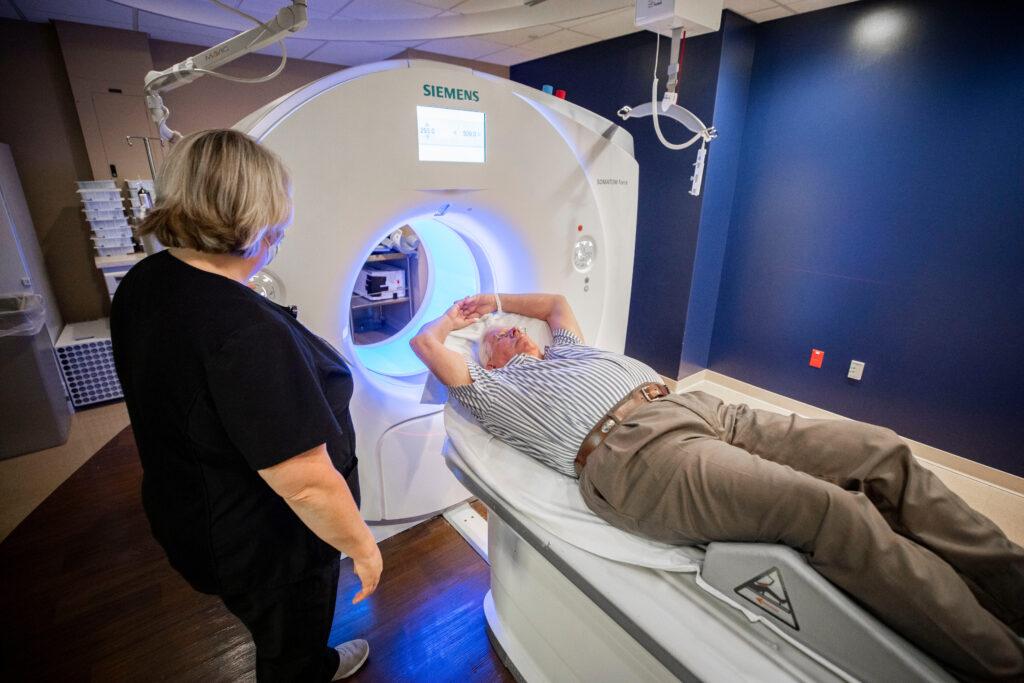
Early screening dramatically improves lung cancer patients’ chances of survival. If a growth or lump is discovered early, it can be cut out. If it’s removed before it spreads, a patient’s chance of surviving five years jumps from 4 percent to 55 percent, according to the program.
“It's a game changer if we can learn how to do it well, and if we can have this accepted and integrated into our system,” said Studts, who added that the key is developing trusting community relationships.
Building trust is critical, Studts said. “We often stigmatize those individuals who either currently smoke or have a history of smoking and they don't have the greatest relationship with our healthcare system.”
Broadly putting programs like this in place in Colorado, and really every state, has enormous potential, he said.
Studts said the goal is to create a social norm around lung cancer screening, “so that lung cancer screening is viewed just like any other cancer screening, that it becomes normal for people to consider doing it if they're eligible."
“I refer to it as the greatest missed opportunity to reduce cancer mortality that we currently have available to us,” he said.
Bristol Myers Squibb Foundation, a charitable organization, is funding the program.
"Early detection saves lives. But far too many Americans, especially people in vulnerable communities, face barriers to accessing lung cancer screening,” said Catharine Grimes, President of the BMS Foundation.
The program is now expanding to a pair of other states that also have a high lung cancer burden: Nevada and Mississippi. BMS Foundation gave a $6.8 million grant to set up similar programs in those states. to expand high-quality lung cancer screenings in high-risk communities.
